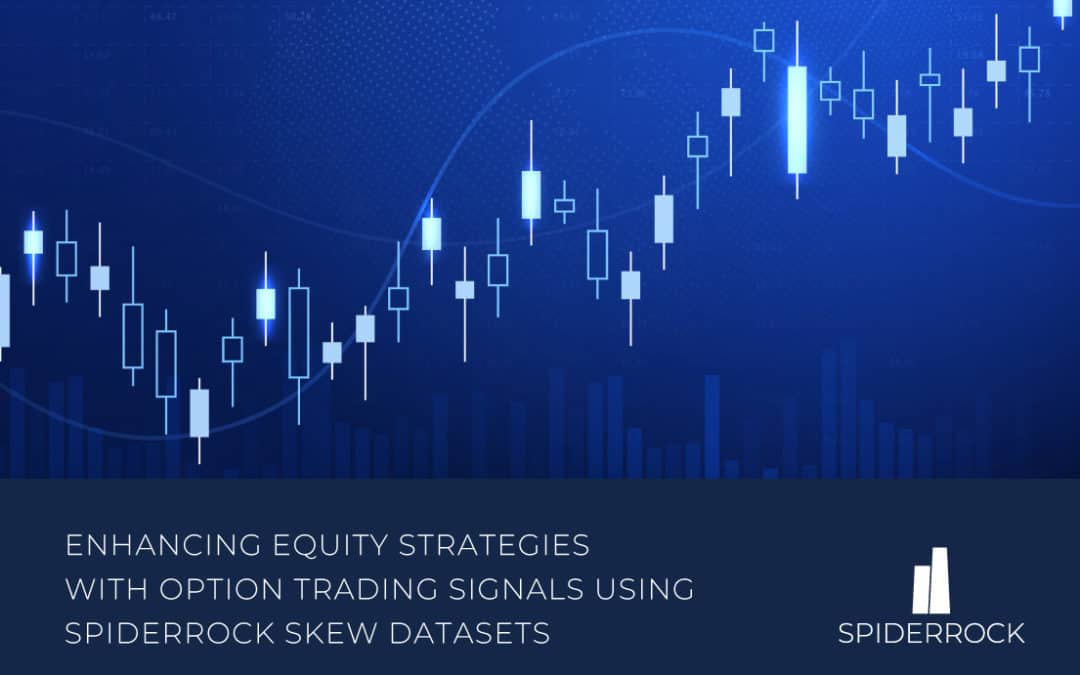Option skew data points – specifically option implied volatility as a function of a strike for a fixed expiration – are a rich and an exploitable source of opportunity to take advantage of the flow of information between the equity (underlying) and options (derivatives) markets. Traders commonly use skew data to identify opportunities. It is a popular indicator of unusual option activity like that seen in Meme stocks (GME, AMC, CLOV, PLTR, BB, WISH, CLNE…) or the analysis of implied earnings moves.
Option surface skew is driven by a series of quantitative factors and behavioral biases supported by extensive academic research:
· Expensive OTM calls reflecting “lottery-ticket” seekers, with a preference for positive skewness.
· OTM puts that are more expensive than OTM calls reflect risk-averse market participants.
· Selling expensive OTM index puts indicates the negative skewness preference of money managers trying to capture many small wins at the cost of fewer but more significant losses.
· Put-call parity deviations.
· Measures of risk-neutral skewness and kurtosis.
Metrics based on the dynamics of the skew and its slope known in practice as “skew steepening” and “skew flattening” or “sticky delta” and “sticky strike” skew have predictive possibilities for cross-section stock portfolios returns.
The parameters described and others related can be extracted from SpiderRock volatility surface data sets containing raw skew points across all strikes at fixed expiration and normalized skew values for a grid of constant maturity and delta values.
